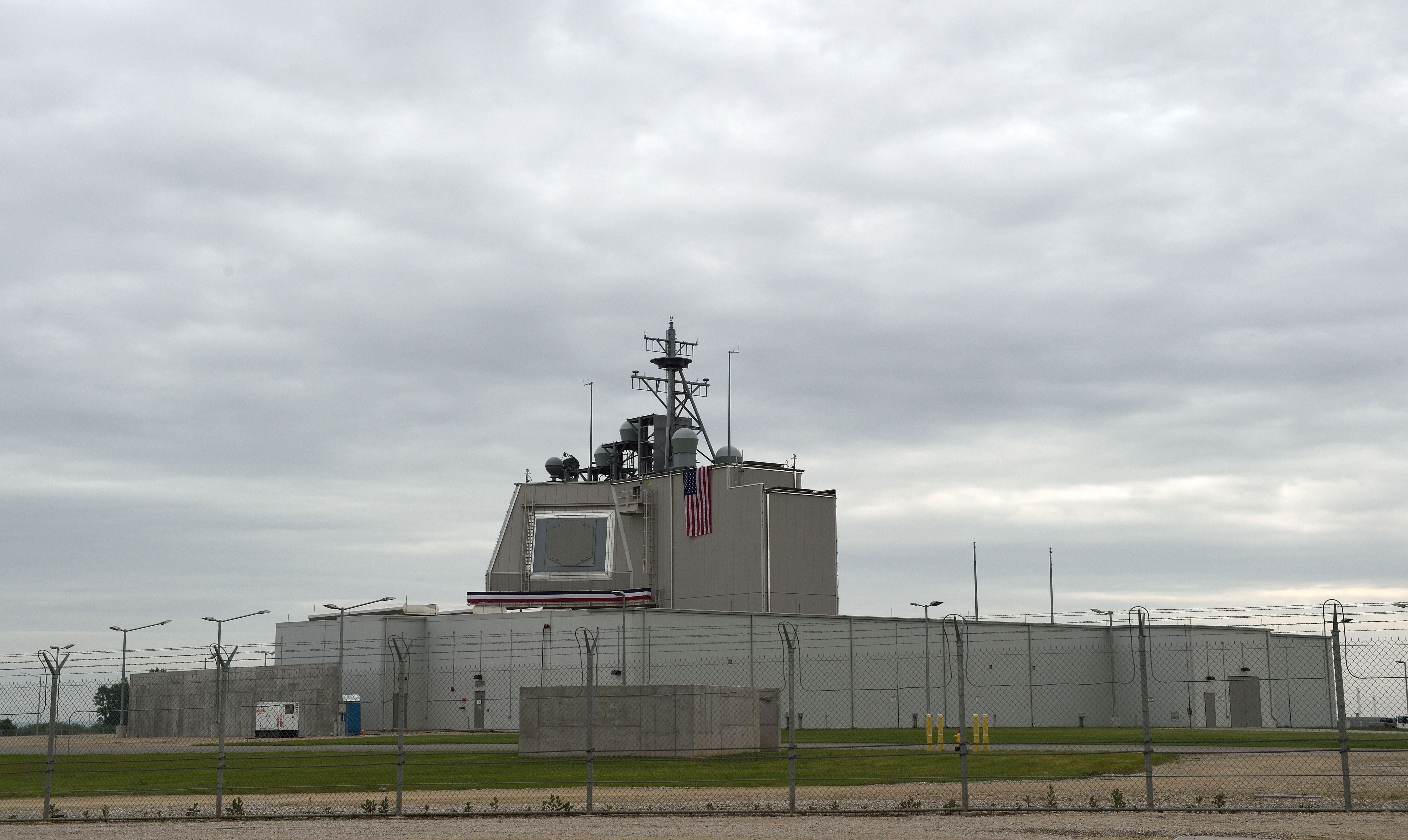MOORESTOWN, New Jersey -- Lockheed Martin is on schedule to deliver its massive solid-state Long-Range Discrimination Radar in 2020, according to executives who spoke Friday with reporters here.
The radar, which is being developed and tested at Lockheed’s radar manufacturing facility in Moorestown for the Missile Defense Agency, is slated to be installed at Clear Air Force Station, Alaska. Construction on the facility began in September, according to a Lockheed press release.
The radar achieved a major technical milestone in October when it successfully tracked a satellite using its hardware and software working in conjunction. Ultimately the radar will be used in conjunction with ground-based interceptors to defend the U.S. from ballistic missile attacks.
The technology that is going into LRDR is opening up new lines of business for Lockheed, said Chandra Marshall, the LRDR program director.
“Not every application needs to be the size of LRDR, so it’s scalable from both a hardware and software perspective,” Marshall said.
The radar destined for Japan's AEGIS Ashore installation is a scaled-down version of LRDR, Marshall said. It's also technology Lockheed is hoping to bring to the new homeland defense radar in Hawaii, which should be awarded in the coming days.
RELATED

Lockheed has developed the radar and the software concurrently, Marshall said, which has sped up fielding.
One of the key advantages of the radar, which is about 25-times larger than a AN/SPY-1 array, is that it can be maintained and fixed without bringing the array down.
“One of the unique things about this radar is the high availability,” Marshall said. “Unlike some radars in the field today, you can actually maintain the radar while it’s operating. You don’t have to interrupt the mission to maintain it.”
Lockheed accomplishes this by building the massive radar on a series of self-contained transmitter and receiver units that are grouped in blocks, which are in turn connected to a breaker. So if one unit in a block needs replacing, you can shut down a small section of the radar and switch it out while the rest of the radar continues to radiate.
The announcement for the Hawaii homeland defense radar should come in December, Marshall said.
“It ... leverages everything that we’ve done for LRDR and improves on it based on the different threats that we have to attack for HRD-H,” Marshall said.
If Lockheed can secure the HDR-H contract, it could mean two more contracts for homeland defense radars down the line. Lockheed is competing with Northrop Grumman and Raytheon for the contract that could be worth up to $4.1 billion.
David B. Larter was the naval warfare reporter for Defense News.








